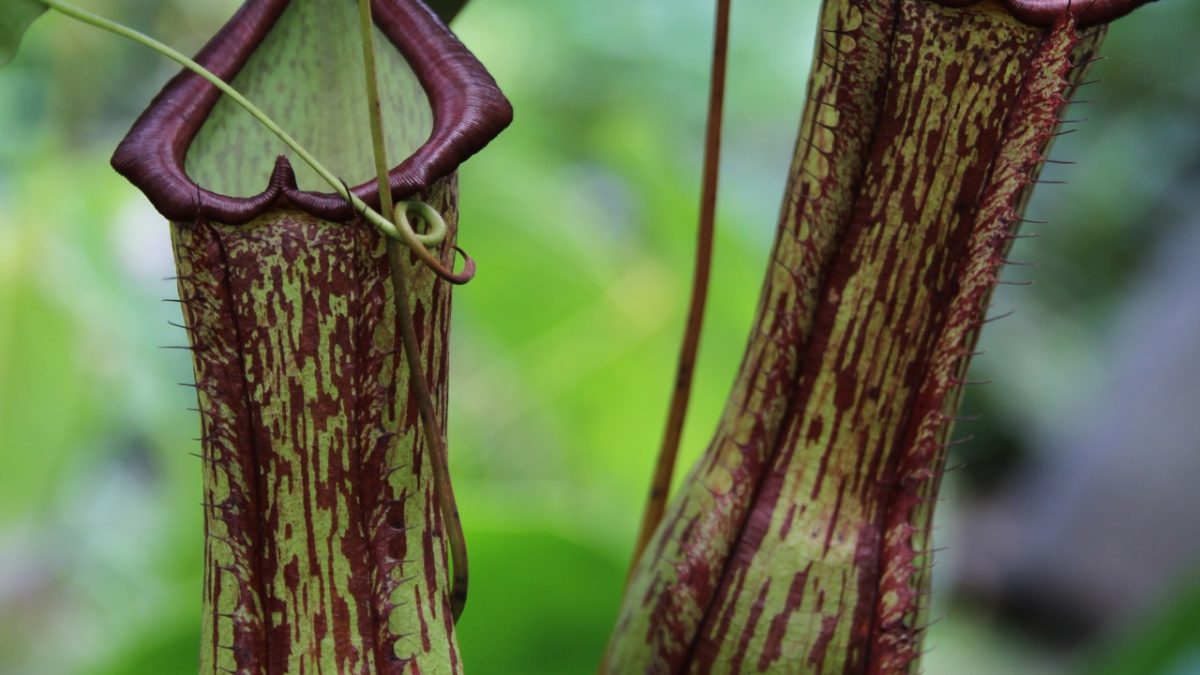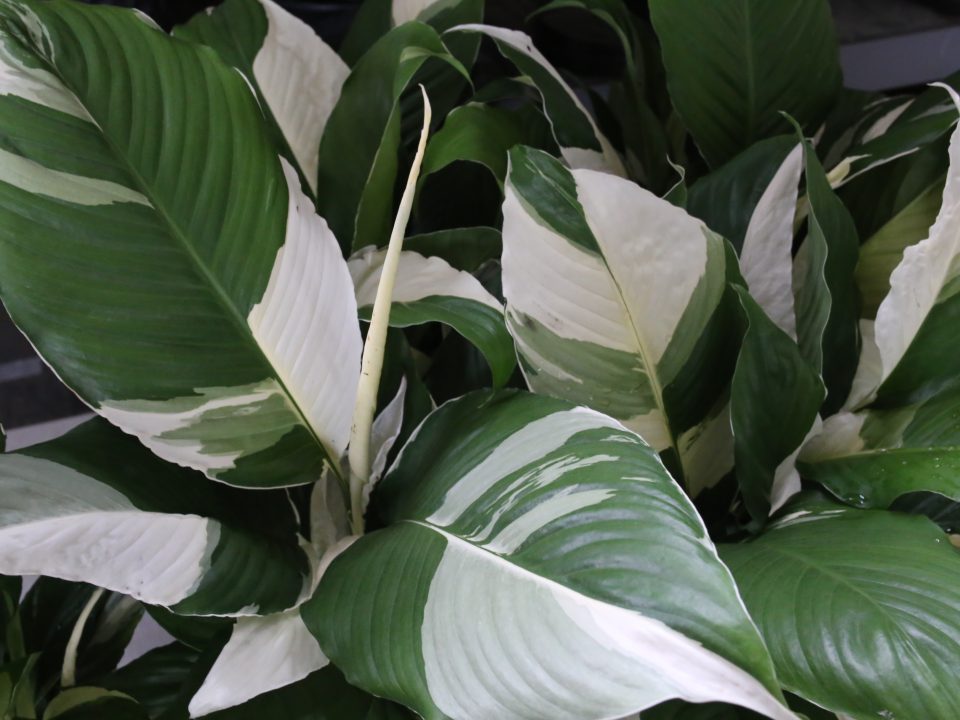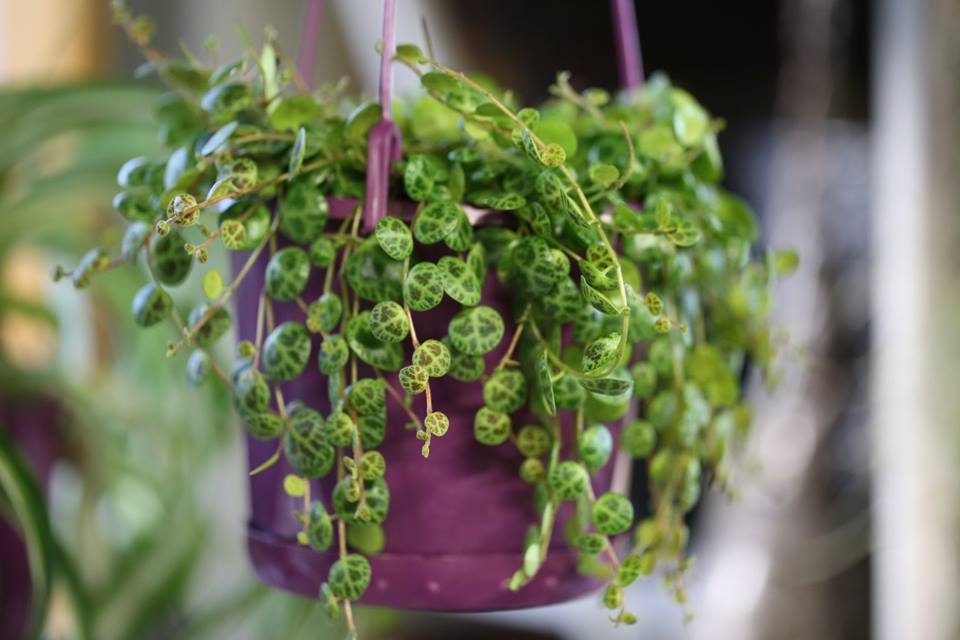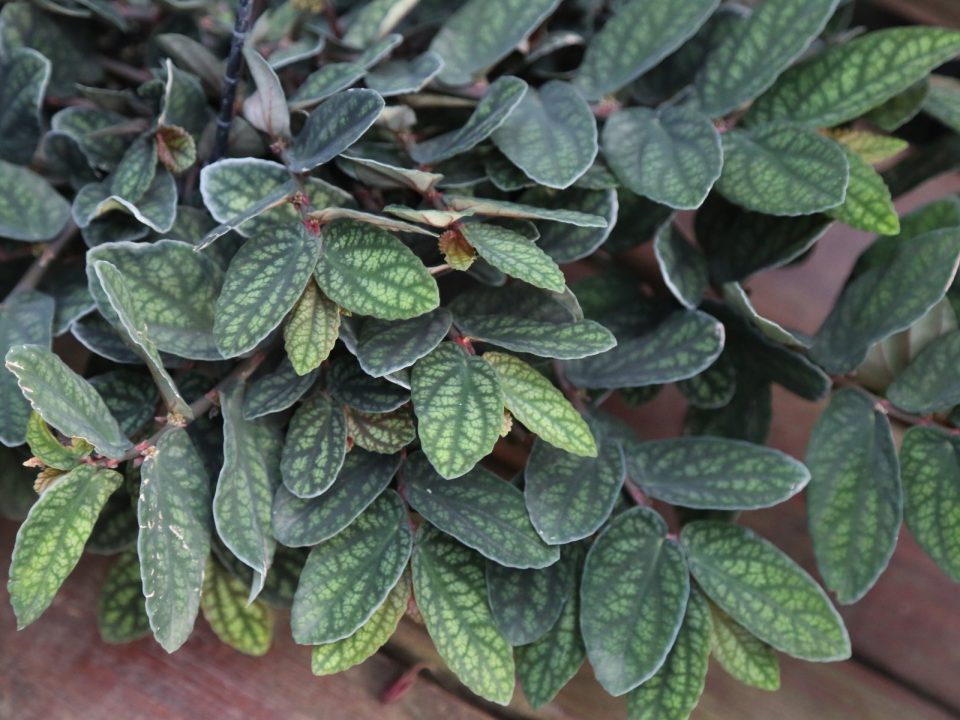- OPEN 7 DAYS 8AM - 4PM | 174 Dowding St. Oxley, Brisbane
- (07) 3375 5390
- sales@oxleynursery.com.au
Tropical Pitcher Plant
Nepenthes sp.
Synonyms: Hanging Pitcher Plant.
Nepenthes are a group of tropical carnivorous plants originating from South-East Asia, Southern China, Philippines, Madagascar and northern Australia. Although many Nepenthes species come from hot humid jungles, there are also plenty that live in montane forest or highland areas where temperatures are much cooler. In horticulture, they are grouped into three broad classifications: highland, lowland and intermediate. This terminology is also applied to man-made Nepenthes hybrids (of which there are many) to describe their preferred conditions. Although Brisbane has a subtropical climate, our single digit winter temperatures and fluctuating humidity levels make the lowland (hot growing) species unsuitable outside the greenhouse. As such, it is generally the intermediate varieties that do best around South-East Queensland. Hybrids are even better, as their hybrid vigor makes them more adaptable. There are hundreds of species and hybrids out there, far too many to talk about in detail. If you don’t know where to start, try growing Nepenthes ventricosa or Nepenthes ‘Miranda’.
Care for Nepenthes is broadly the same between species, excluding those at the far ends of the highland-lowland spectrum. First of all, Nepenthes need bright shade or dappled sun. Then will handle a few hours of direct sun in the morning and will thrive under shade cloth alongside orchids or other tropical plants. The can be grown as an indoor plant if kept on a bright windowsill. They will not tolerate deep shade for very long.
Watering is simple: keep moist, don’t let them dry out. Water from above and ensure there is good drainage. They will not thrive if grown in a tray of standing water, as is the practice for other carnivorous plants. Nepenthes are NOT bog plants! Like most carnivores, these guys prefer low-mineral water such as rainwater or distilled water. However, they are more adaptable than most and will usually be okay on plain tap water. You’ll need to water every few days in summer. Reduce watering frequency in winter. High humidity is also important, so try and position your Nepenthes around other plants or wherever it is most humid. Regular misting can also be effective.
Nepenthes need an open and airy potting mix with little or no fertilizer. A chunky orchid mix is usually a good start. Some growers will add peat, perlite, vermiculite or Styrofoam to the mix. Fertilizer is generally not required as the plant will be catching a lot of insects in the warmer months. Too much fertilizer can be lethal, so use light feeds such as half-strength liquid feeds or a slow-release granule such as Troforte if required.
Nepenthes usually want to climb or scramble, so they are best grown in a hanging basket or up a support such as a tomato trellis. They have a tendency to wrap themselves around nearby plants and grow on top of them, so give them plenty of space.
Applications
- Tropical gardens
- Balinese gardens
- Potted specimen
- Windowsill plant
 Care
Care
Fairly easy to grow. Needs a specialist mix suitable for epiphytes with little to no fertilizer. Do not let the soil dry out. Needs bright shade or dappled sun, minimal direct sun.
 Features
Features
-
Exotic and unusual traps (pitchers)
- Colorful growth
- Scrambling or climbing habit
Check Availability
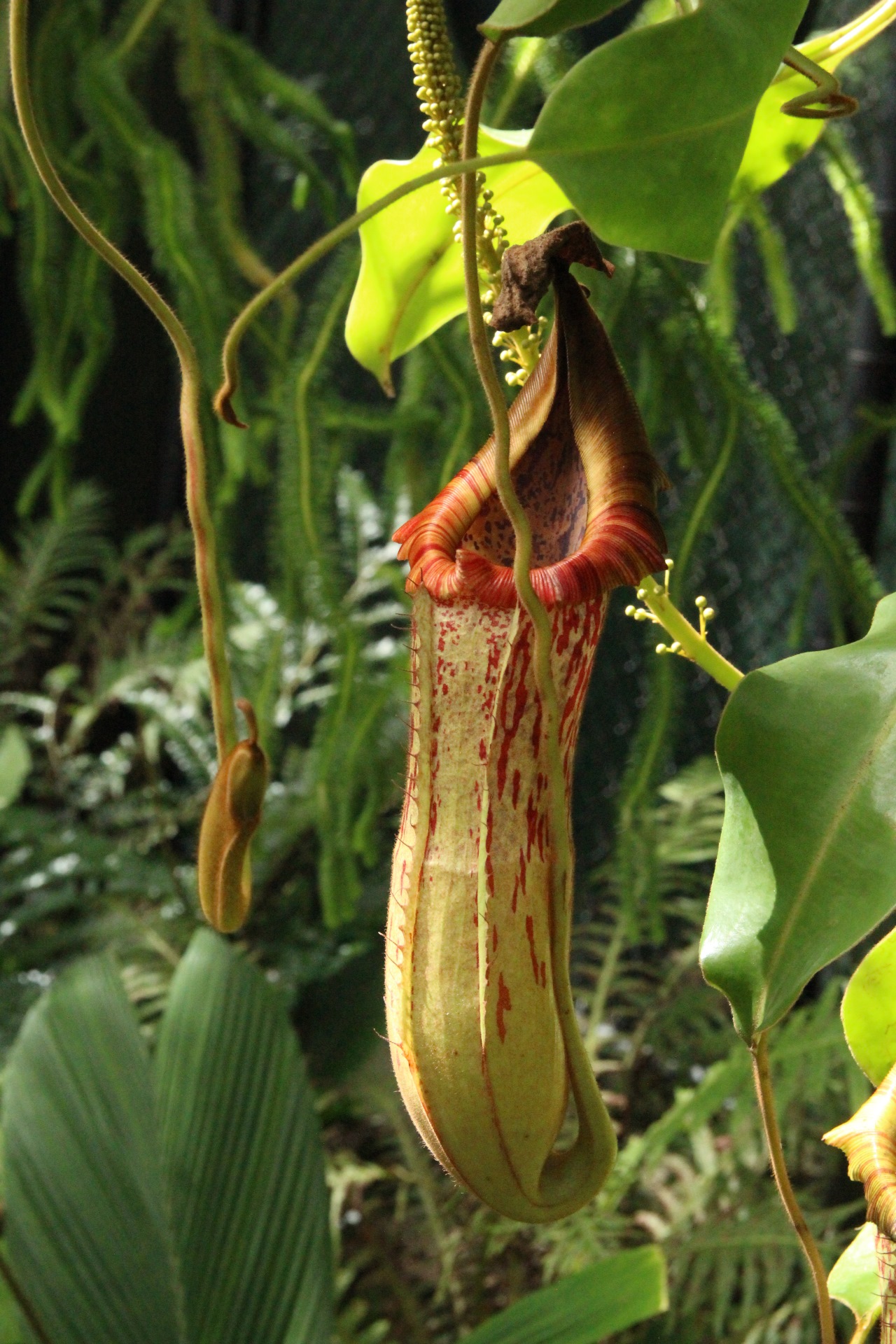
Nepenthes in Cairns Botanic Gardens showing flowers in the background.
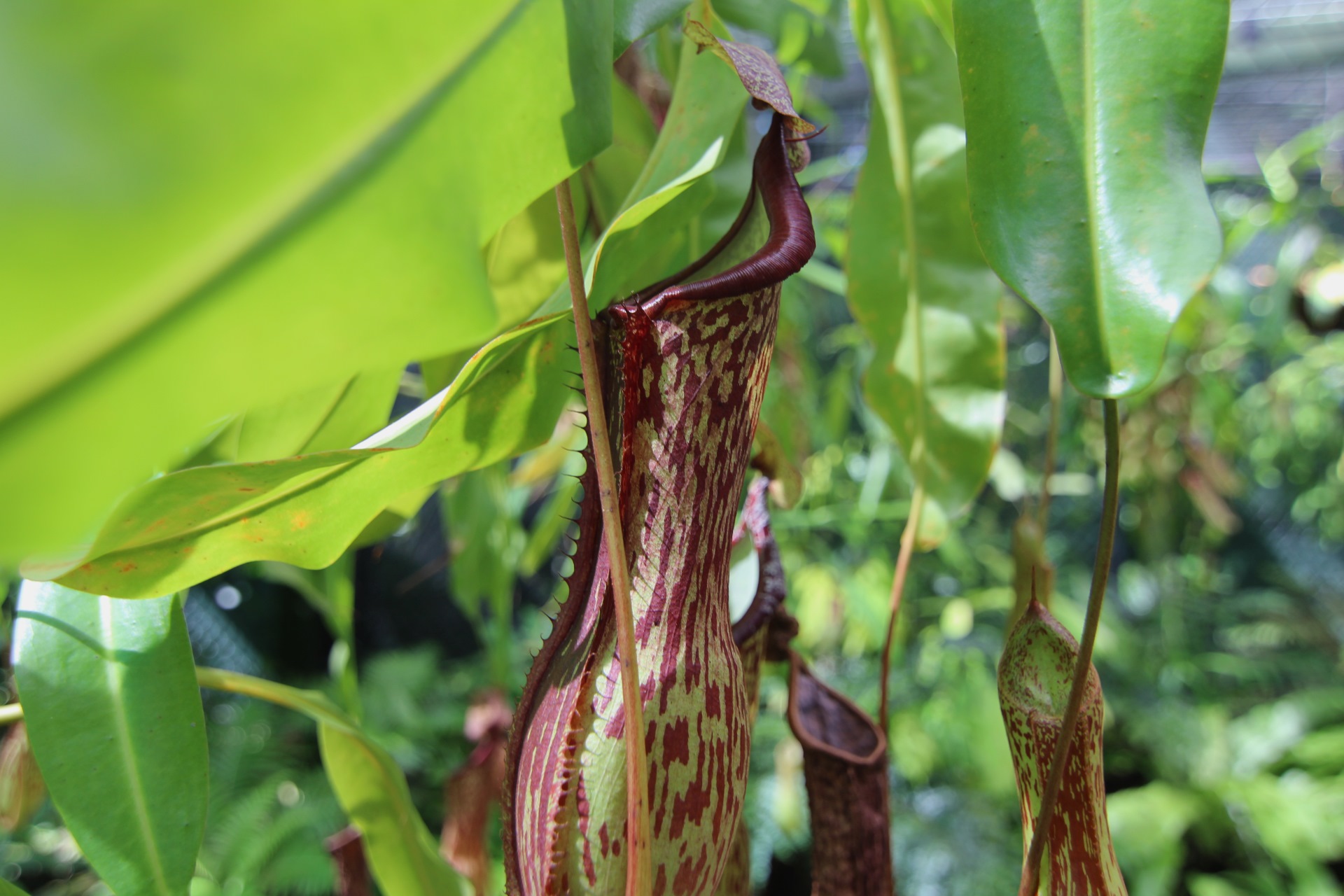
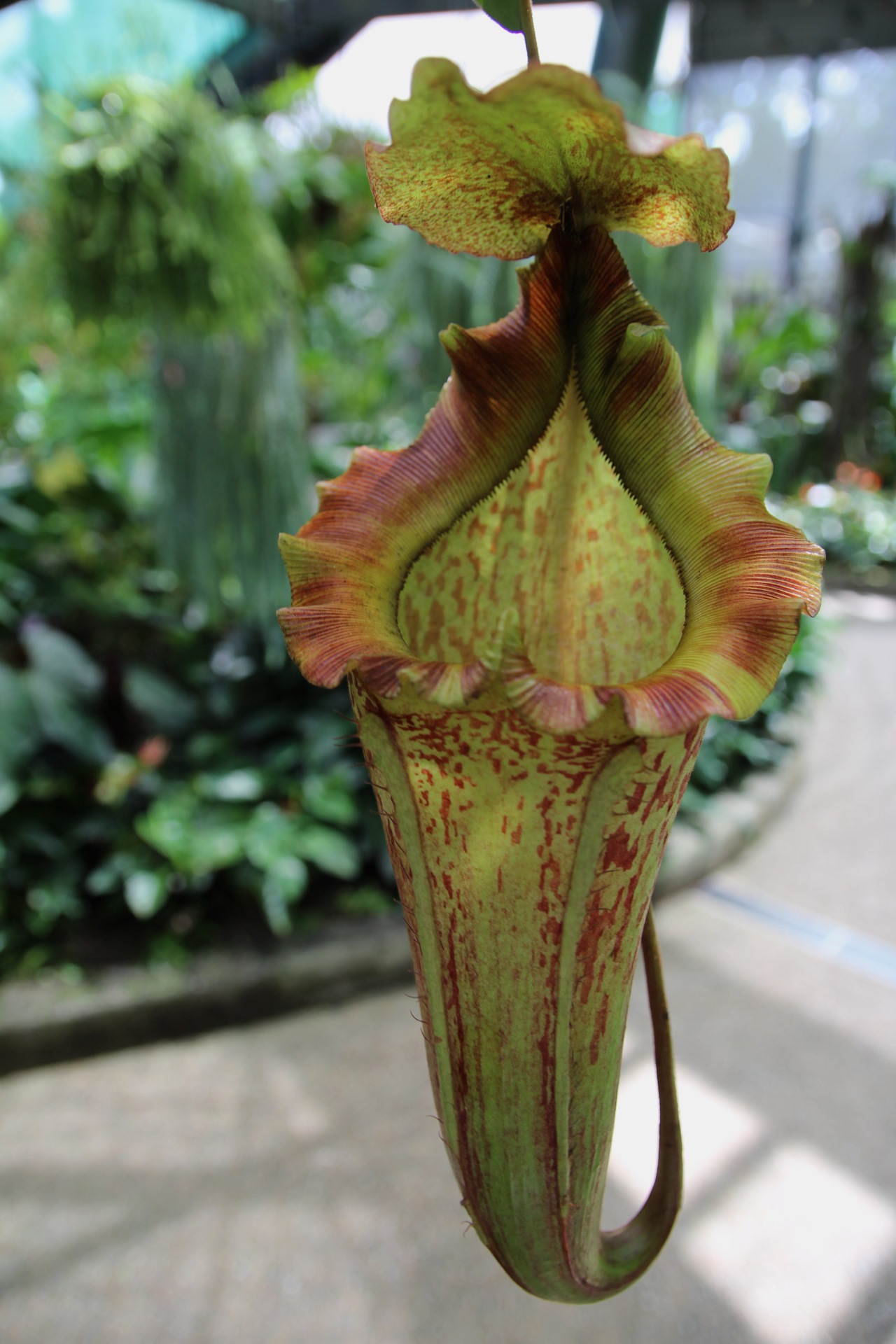
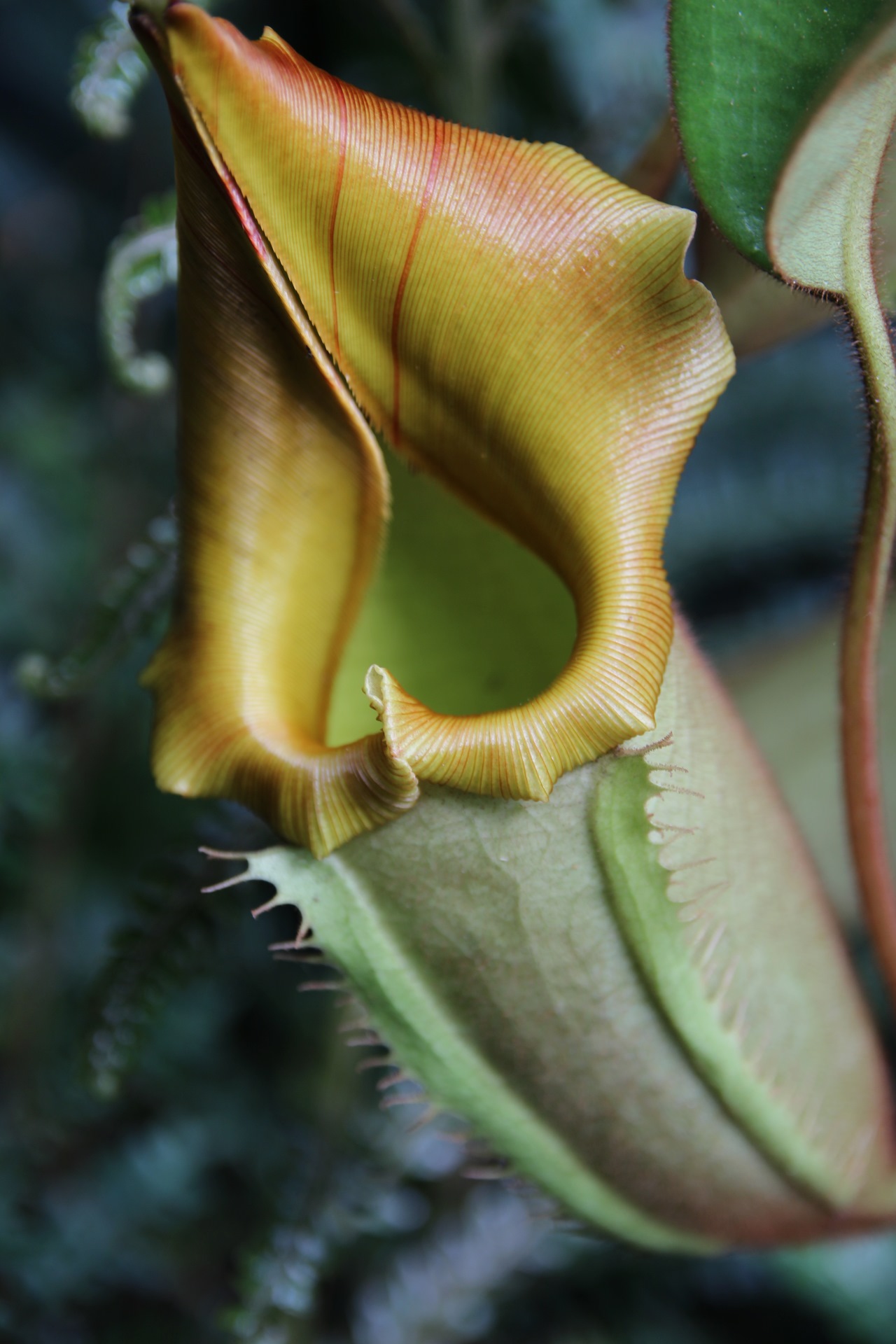
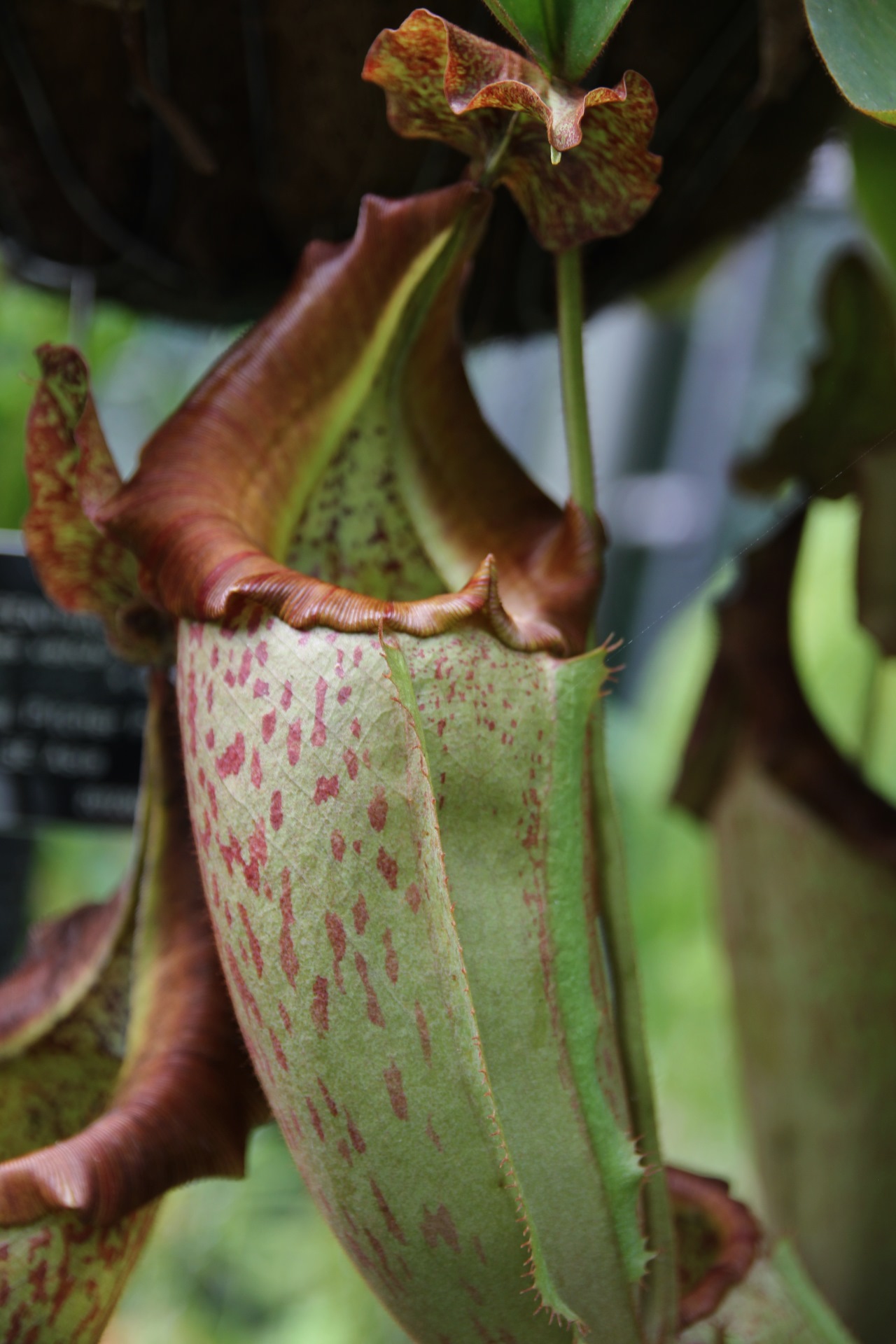
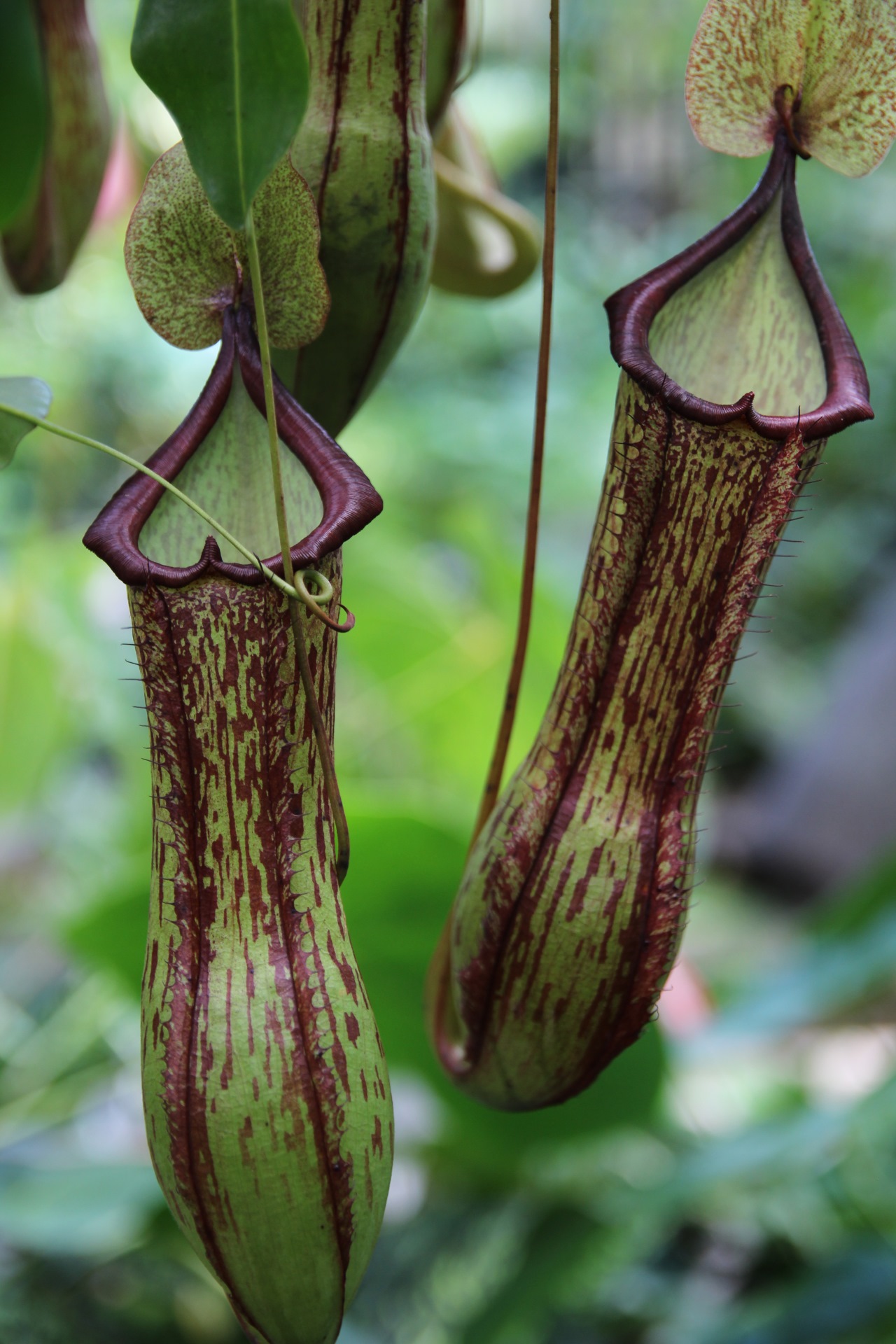
Size
Width: 40-60cm

